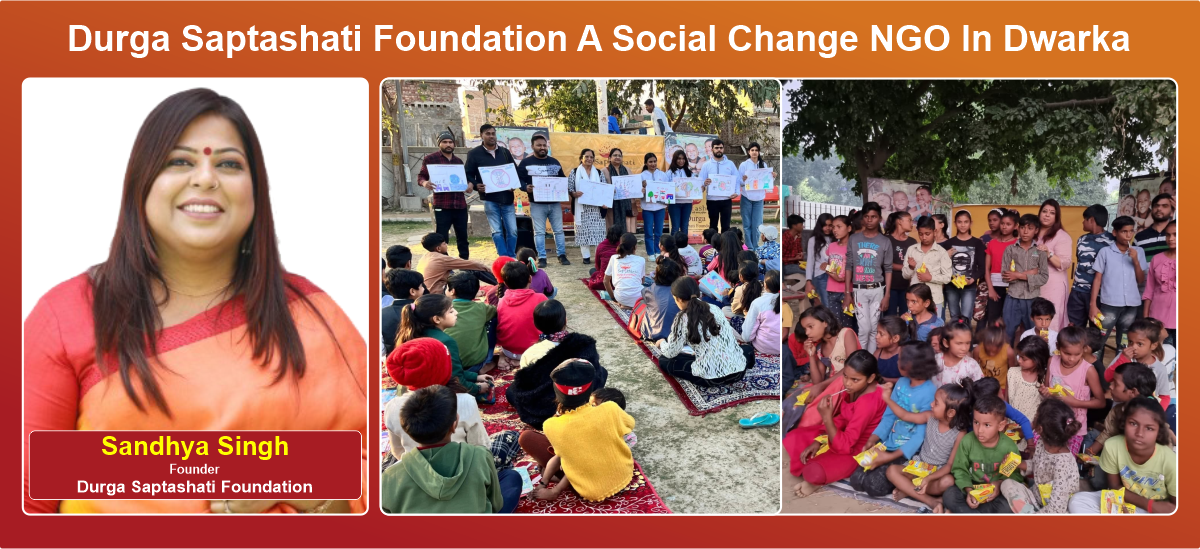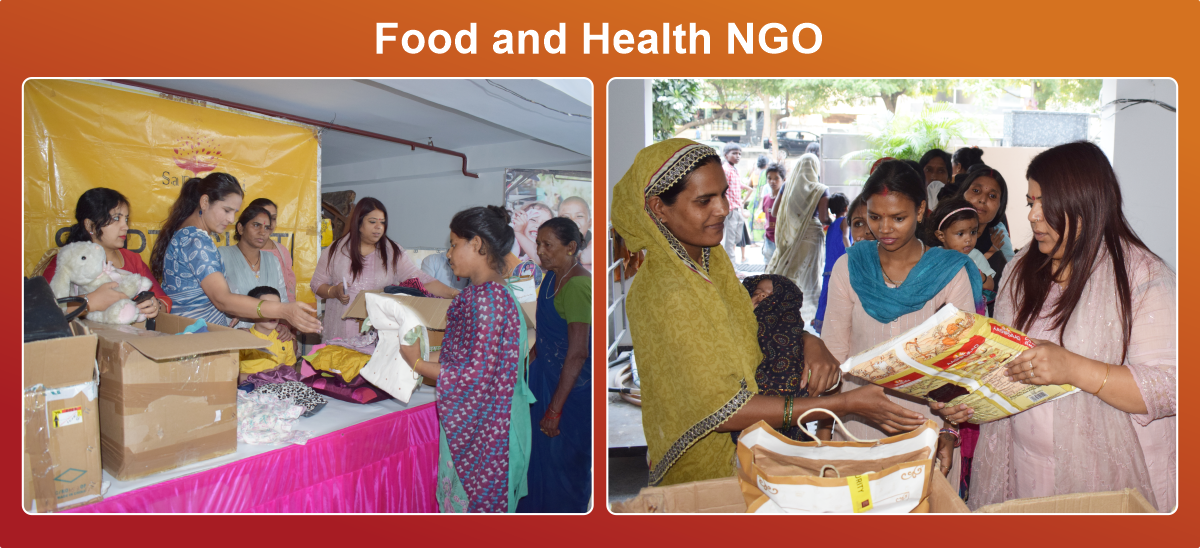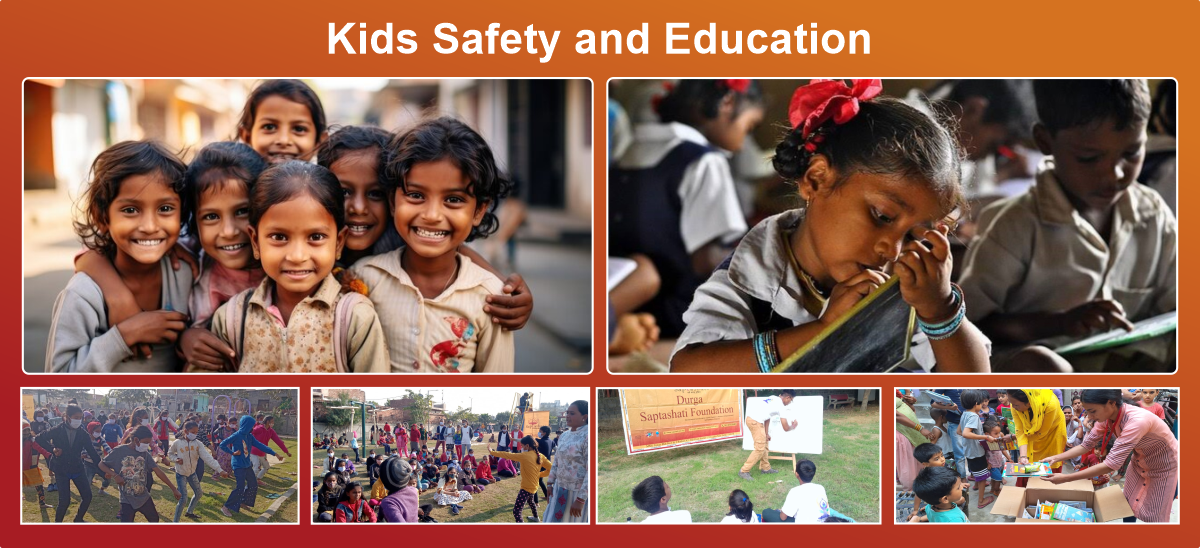
Let’s face it: when it comes to women’s safety, most people care, but many still think it’s not their problem or that there’s nothing they can do to contribute. And that needs to change. Feeling safe isn’t a luxury; it’s a basic human right. And it shouldn’t fall only on young girls and women to protect themselves or call out the danger. Everyone has a role to play, including young boys and men.
The Worry Every Girl and Woman Knows
If you’re a woman reading this, you already know the quiet routines: holding your keys between your fingers, pretending to talk on the phone, avoiding dark streets, and texting a friend when you reach home. If you’re a man, you might not have noticed these patterns or, worse, never thought about how different your day feels from hers.
This is the heart of the issue. Women are adjusting, staying alert, and constantly planning around their safety. The burden is heavy, and it shouldn’t be theirs alone to carry.
Why Boys and Men Matter in This Conversation
Men hold real influence when it comes to changing the culture around women’s safety. Not because women need “protectors”, but because men are often in the room when behaviour starts to cross the line.
Here’s what male allyship really looks like:
- Speak up when jokes go too far. Locker-room talk may seem harmless, but it feeds a bigger problem.
- Call out creepy behaviour, even if it’s your friend. Silence can feel like support to the one doing harm.
- Stand up for women’s voices, not just at work, but in daily conversations, and make conscious choices. Listening, believing, and standing up matter.
Being an ally doesn’t mean being a hero. It means being human and being aware.
The Power of Bystander Intervention
It’s easy to look away when something uncomfortable happens. But stepping in doesn’t always require confrontation. Sometimes, it’s about distraction, checking in with the person affected, or asking for help from someone else nearby.
Programs that teach bystander intervention have proven results. They help people recognise warning signs and feel confident in acting. When more people take action—even small ones—it sends a clear message: disrespect, harassment, and abuse are not okay here.
Safety Starts in the Community
Women’s safety isn’t only about streetlights and laws; it starts in homes, schools, workplaces, and public spaces. Community-driven solutions like neighbourhood watch groups, school awareness programs, and safe public transportation initiatives make a real difference.
But for these efforts to work, the community must come together. It’s not about fixing women. It’s about fixing the culture.
Bottom Line: Let’s Keep It Real
The truth is, women’s safety is everyone’s responsibility. It’s about respect. It’s about seeing each other fully, not through fear or dominance. Whether you’re a brother, friend, coworker, or stranger, your actions matter.
Start conversations. Listen with intention. Act when something’s not right.
The more we change the way we speak and behave, the safer the world becomes, not just for women, but for everyone.
Join Sandhya Singh in fighting for women against social evils!



